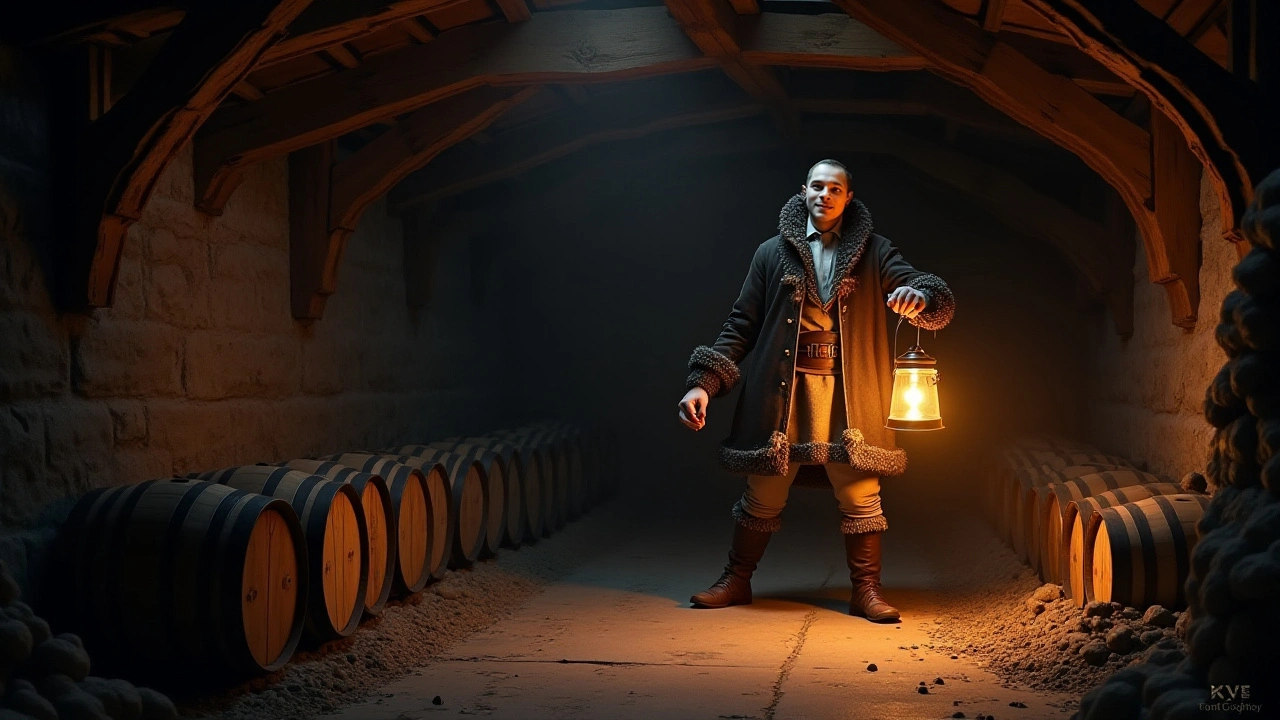
The Origins of Bonfire Night: An Epitome of Defiance
Every year on November 5th, the skies across England are adorned with dazzling fireworks, and communities gather around roaring bonfires, a tradition that dates back over four centuries. This celebration, known as Bonfire Night or Guy Fawkes Night, commemorates the failure of the Gunpowder Plot in 1605. This event is more than just an excuse to gather and enjoy the spectacle; it is a historical tapestry of intrigue, betrayal, and religious tensions that offers insight into a tumultuous period in British history.
At the heart of the Gunpowder Plot was religious conflict. The early 17th century was marked by intense strife between Protestants and Catholics. After the reign of the Catholic Queen Mary I, Protestantism had reasserted its dominance under her successor, Elizabeth I. Catholics faced persecution, and their hopes were pinned on her successor, James I. They expected him to be more tolerant, given his wife was Catholic and his mother, Mary Queen of Scots, was a martyr for their cause. However, James I continued to enforce Protestant dominance, much to their frustration.
A Plot Forged in Secret: The Ambitions of Robert Catesby
The mastermind behind the Gunpowder Plot was Robert Catesby, a charismatic and fervent Catholic determined to restore Catholicism's prominence. Catesby envisioned a bold and radical plan; to assassinate King James I, blow up the House of Lords, and place a Catholic on the throne. He gathered a group of like-minded men, including Guy Fawkes, known for his expertise with explosives due to his military experience fighting for Spain in the Eighty Years' War against Dutch Protestants.
Guy Fawkes was no ordinary recruit. Born in York as a Protestant, Fawkes converted to Catholicism, a decision that forever changed the trajectory of his life. His military credentials and religious zeal made him the perfect candidate for carrying out the explosive part of the plot. Disguised as 'John Johnson', Fawkes was in charge of placing and igniting the gunpowder beneath the House of Lords.
Unraveled Schemes: The Anonymous Letter
The plot was meticulously planned, but like many secret schemes, it unraveled due to human error and conscience. On October 26th, 1605, an anonymous letter was sent to Lord Monteagle, a Catholic peer, warning him to avoid the opening of Parliament. Historians speculate that the letter was from Francis Tresham, a wavering conspirator. Monteagle's decision to alert the authorities set the wheels in motion for the plot's discovery.
In a dire attempt to prevent catastrophe, a thorough search of the House of Lords was conducted on the night of November 4th. There, amidst the shadows of the cellars, officials found Guy Fawkes, surrounded by barrels of gunpowder. His capture was the beginning of the end for Catesby's carefully laid plans.
From Treason to Tradition: The Aftermath and Legacy
Once arrested, Fawkes was taken to the Tower of London, where he endured relentless torture on the rack. Finally, he disclosed the identities of his fellow plotters. The conspirators were hunted down; some were killed in skirmishes, while others, like Fawkes, faced trial and execution for treason. Their betrayal had wide-reaching implications, reinforcing severe anti-Catholic sentiments and strict religious policies.
Following the failed attempt, King James I and Parliament mandated November 5th as a day of thanksgiving and national celebration. An Act of Parliament reinforced the importance of the event, calling for bonfires and gun salutes as a stark reminder of divine intervention against treachery. Over time, the celebratory customs evolved, with the effigy of Fawkes being burnt as part of the festivities.
Modern Symbolism: From Historic Effigies to Iconic Masks
Today, Guy Fawkes' image has transcended its historical context. He has become an enduring symbol of rebellion and disobedience, largely due to the iconic design popularized by the film adaptation of 'V for Vendetta'. The characteristic mask, worn by the protagonist fighting against a totalitarian regime, has emerged as a global emblem for activism, used by protestors to challenge authorities and demand change.
While Bonfire Night remains a beloved tradition within the United Kingdom, its significance has reached far beyond its borders. It serves as a poignant reminder of the complex interplay between faith, power, and ideology, resonating with those who stand against oppression, no matter the era or location.





